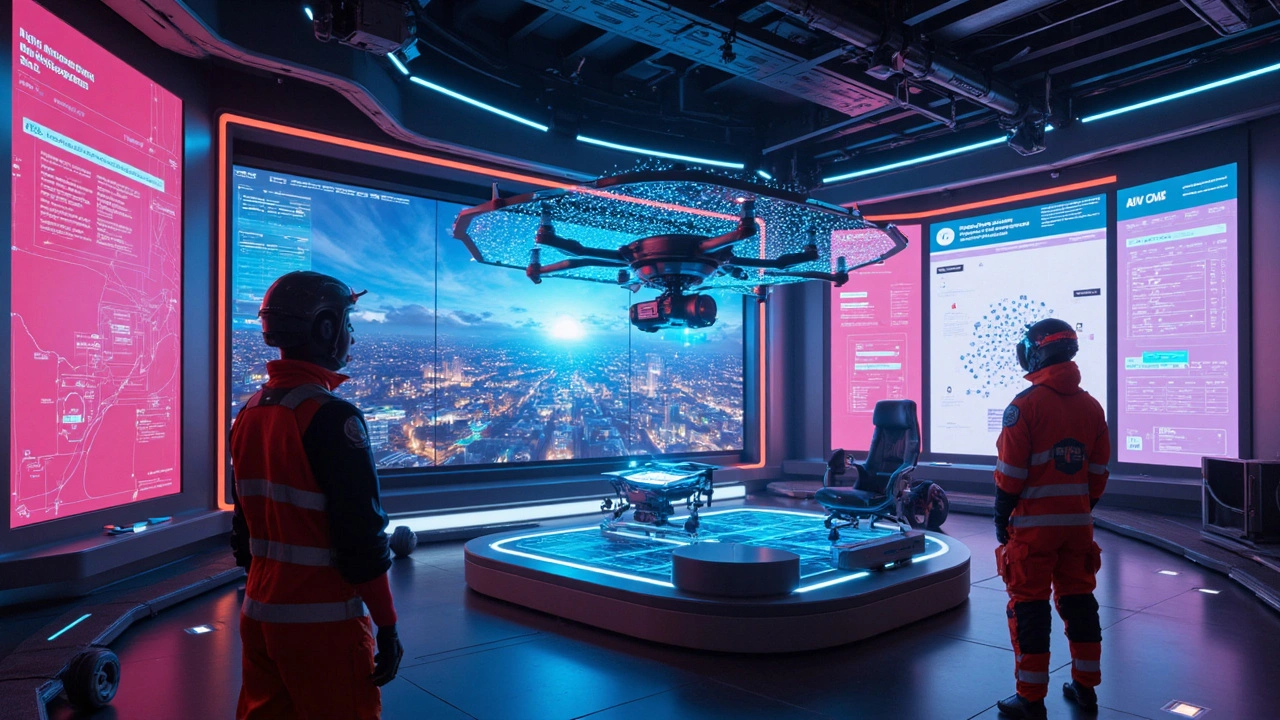Emergency Response – How Tech Is Shaping the Way We React
When a disaster hits, seconds matter. The good news is that the same AI, coding tricks and data tools you read about on our site are now part of the emergency response toolbox. Below you’ll find the most useful tech insights you can apply right now, whether you’re a first‑responder, a community volunteer, or just someone who wants to be prepared.
AI and Real‑Time Decision Making
Artificial intelligence isn’t just for chatbots. In crisis zones, AI can sift through streams of sensor data, social‑media posts and weather alerts in real time. That means you get a clearer picture of where help is needed most without waiting for a manual report. For example, machine‑learning models can predict flood‑prone streets a few hours before water actually arrives, giving rescue teams a head start.
If you’re setting up a local alert system, start with a simple Python script that pulls data from open APIs (like the USGS earthquake feed) and flags anything over a preset threshold. You don’t need a data‑science degree—just a basic loop, a few if‑statements, and a way to send an email or SMS when the script detects danger.
Tools Every First Responder Should Know
Most emergency teams now carry smartphones or rugged tablets. Pair those devices with free apps that turn raw data into actionable maps. Apps like Mapstr (offline maps) or OpenSignal (cell‑tower locations) let you plot safe routes even when the network is down. Combine them with a lightweight note‑taking app that syncs to the cloud when you regain connectivity—your observations become part of a shared database instantly.
Don’t overlook simple automation. A Zapier workflow that saves every incoming text with the word “HELP” into a Google Sheet can create an instant list of people needing assistance. Add a filter to highlight the most urgent cases based on keywords like “injured” or “trapped.”
Finally, practice the tech you plan to use. Run a tabletop exercise where your team pretends a power outage has knocked out the main communication hub. Use a backup radio, the smartphone apps, and your AI script to coordinate a mock rescue. Repeating this drill saves minutes—and lives—when the real thing happens.
Technology isn’t a magic wand, but the right tools make the difference between a delayed response and a swift rescue. By borrowing the coding tricks, AI insights and data‑driven habits we share on The Tech Insight Review, you can turn everyday gadgets into powerful emergency assets.

The Role of AI in Disaster Management
AI is transforming disaster management by improving prediction accuracy, enhancing communication, and aiding in efficient resource allocation. From predicting natural disasters to coordinating emergency responses, AI offers tools that improve preparedness and safety. Utilizing real-time data, machine learning, and predictive analytics, AI can significantly reduce response times and casualties. It's essential to explore how these advancements can be integrated effectively into current disaster management practices to optimize outcomes.